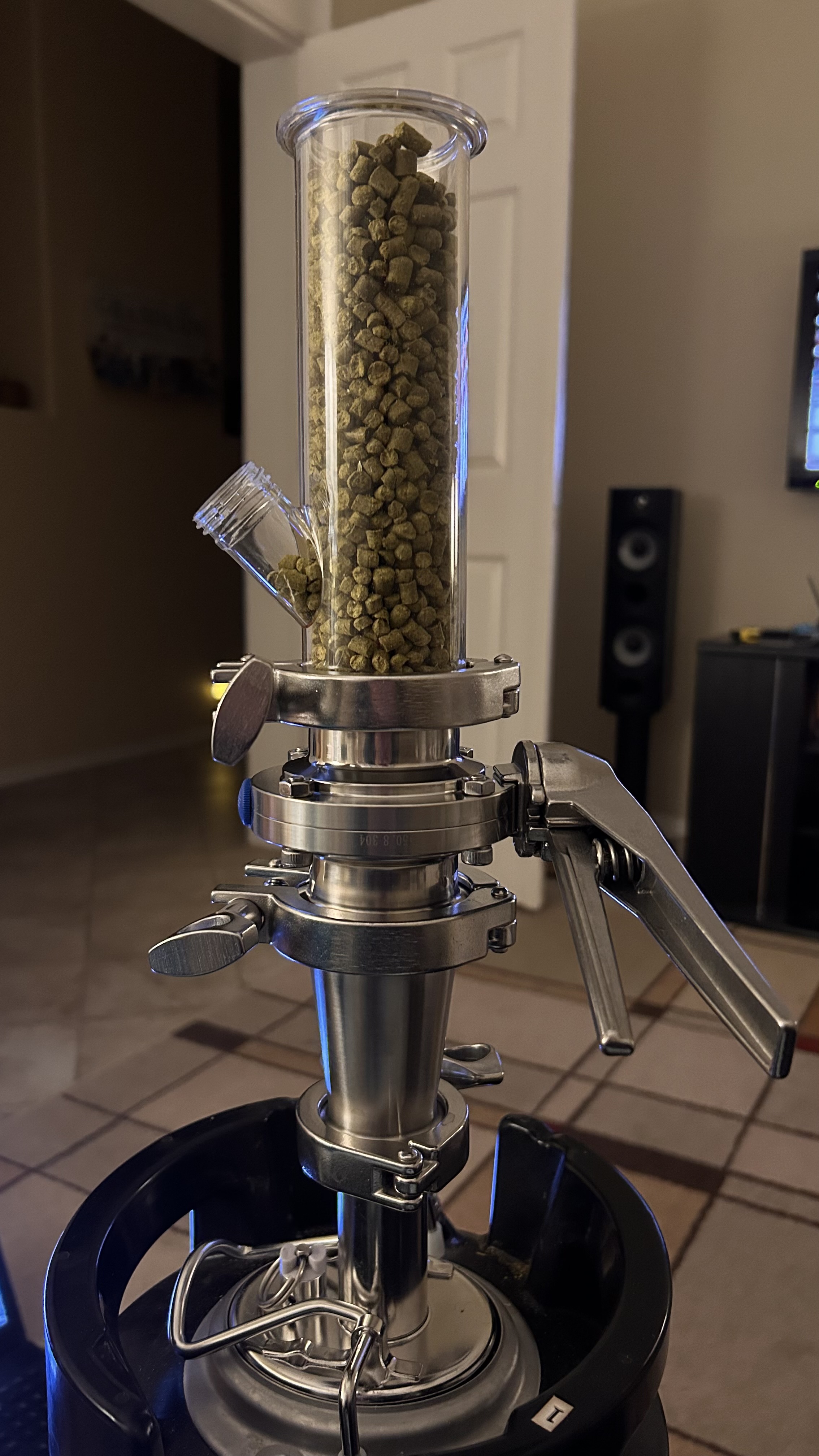I clean non dh'd kegs with a quick blast with a pressure washer, same for the dip, then down the slop sink in my brew room. Takes seconds it's just a bit of yeast
I can't empty 5 oz hop mush down the sink - 150yr old house, no macerator in the sink like some have in 'merica
Drains are old and Dodgey so can't go down a toilet (which would mean climbing a flight of stairs anyway - and then my floating do tube ends up dangling into my toilet ...)
Or I could descend 2 flights of stairs and go outside, but I'm in Ireland and it's pissing rain 90 pc of the time
Plus I have a cat I love more than I've ever loved a human and hops are toxic to cats but he likes the smell of them so I'm paranoid about debris ...
Everyone's setup is different but putting all that aside, my number one goal with brewing these days is to simplify the process and reduce as many unnecessary steps as I can
I've considered your method but I'm too stingy to waste the CO2 (half Scottish) and I don't have the free kegs
A hop tube mesh works ok for my situation but means popping the hood
I've lusted for one of those triclamp port keg lids but then the damn keg wouldn't fit in my diy kegerator

Plus ... Something inside just tells me the pump recirc Randal is gonna be the WAY.
Might need 2 pumps , one either side of the bong ...
Edit to add ... FURTHERMORE

, though I know this could be shocking to many on a beer forum, I like to get
loaded and "tie one on" as you folks say

which according To Murphys law is when the keg decides to kick ... and cleaning kegs at 4am when I've had one too many is just not part of my program brother















































![Craft A Brew - Safale S-04 Dry Yeast - Fermentis - English Ale Dry Yeast - For English and American Ales and Hard Apple Ciders - Ingredients for Home Brewing - Beer Making Supplies - [1 Pack]](https://m.media-amazon.com/images/I/41fVGNh6JfL._SL500_.jpg)












